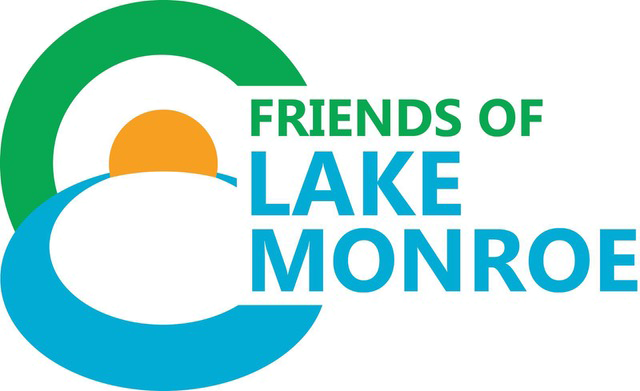Promoting Conservation Practices (Q3 Update)
In June, Friends of Lake Monroe approved four projects through our voluntary Conservation Cost-Share Program. These projects will all help protect water quality in Lake Monroe by reducing the amount of sediment, nutrients, and/or fecal contamination reaching streams in the watershed. The four projects are:
Install fencing to exclude cattle from a section of North Fork Salt Creek, one of the main tributaries to Lake Monroe. This will reduce the amount of nutrients and bacteria from manure entering the stream.
Develop a Comprehensive Nutrient Management Plan for a cattle operation. This plan will improve the way that cattle manure is stored and utilized, reducing the amount of nutrients and bacteria from manure entering nearby streams.
Convert an area of farmland into native wildlife habitat. Planting strips of native flowers and grasses is a great way to stop soil erosion, support local pollinators, and provide filtration of runoff entering nearby streams.
Use cover crops on 200 acres of cropland after corn and soybeans have been harvested. The cover crops will help stabilize the soil through the winter and early spring when heavy rain can easily wash away bare soil.
These four projects combined will use about $35,000 of the $90,000 available in cost-share funds, meaning we still have plenty of funding available. Our advisory committee meets quarterly to review applications, with our next meetings in September and December. Our goal is to have all cost-share funds allocated by the end of 2023. Anyone seeking more information can contact Watershed Coordinator Maggie Sullivan at 812-558-0217 or watershed@friendsoflakemonroe.org for a free consultation.
In July, we sent an educational mailer to 2,044 agricultural producers in the watershed describing various conservation practices and promoting our cost-share program. We plan to send another in September with details about our upcoming field day on October 20th. Many thanks to the Monroe County Soil & Water Conservation District for helping us put together a field day focused on cover crops. The farmers hosting the event will share their experience with cover crops over the last five years – the good, the bad, and the ugly.
For those who are ready to think about cover crops now, Purdue University recently published “cover crop recipes” for getting started. Their suggested cover crop to grow after corn (and before soybeans) is cereal rye. Cereal rye can be planted late in the season (up to Nov 25 in southern Indiana) and produces lots of great roots to hold the soil in place. Their suggested cover crop to grow after soybeans (and before corn) is a mix of oats and radish. Oats are one of the favored foods of healthy soil microbes and produce a good root mass for soil stabilization. Radishes grow deep taproots that really help to loosen the soil.

